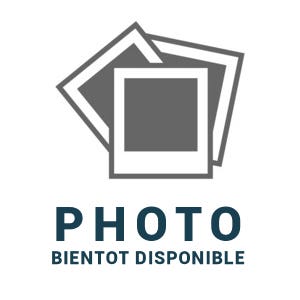Experiment Study of Wave Propagation on the Surface of Water
Topics covered:
- Progressive mechanical waves
- Stationary mechanical waves
- Wavelength
- Diffraction, interference
- Huygens' principle
- Doppler effect
Principles and objectives:
The objective of this lab is to understand how waves propagate on the surface of water and to study the deformation of waves based on encountered obstacles.
In the wave tank, the electromagnetic generator controlled by an associated generator with accessories of different shapes allows generating a disturbance on the water surface. A synchronous or asynchronous stroboscope allows observing progressive or stationary waves on the frosted screen or by projection.
The water particles are thus set in motion and the mechanical wave propagates is called an Airy wave which is considered sinusoidal on a free surface.
Wavelength:
Use a point or plane source accessory to generate circular waves and graphically determine the wavelength and calculate the corresponding velocity v= λ/T
Diffraction (port entrance):
A plane wave accessory and obstacles allowing to adjust the opening more or less close to λ allow studying the phenomenon of diffraction (Huyghens Fresnel principle).
Interference from multiple sources at equal frequencies:
Use the 2 or 4 source accessories to visualize the spatial variation of the resulting amplitude from the sum of the amplitudes of the waves.
- Electromagnetic wave tank - Tank with projection mirror and display screen - Adjustable frequency wave generator (1-60 Hz) with display and phosphorescent buttons - Melde Jeulin vibrator ref 222037 - 3 W white LED stroboscope on flexible arm - Power supply: 12V / 1 A DC - Display screen: 400 x 330 mm - 1 set of 4 wave exciters: - Single, double, multiple, and flat - 1 set of 7 transparent obstacles: - Trapezoid, biconcave, biconvex, parallel faces - Drain hose - Level indicator - On/Off switch - Packaging: individual box + accessory case - Green LED stroboscope ref 322181
| Thématique TP | Mécanique |





